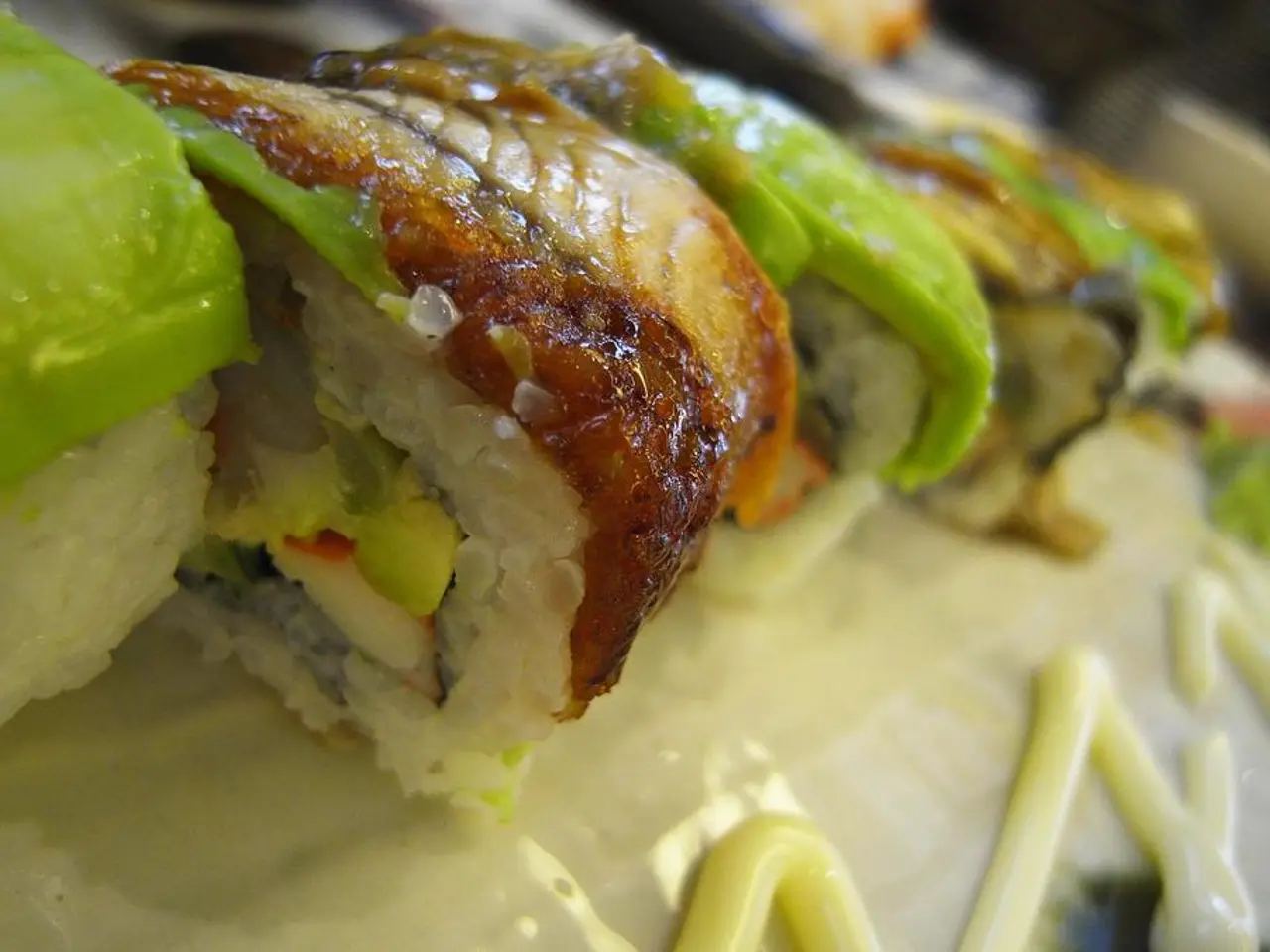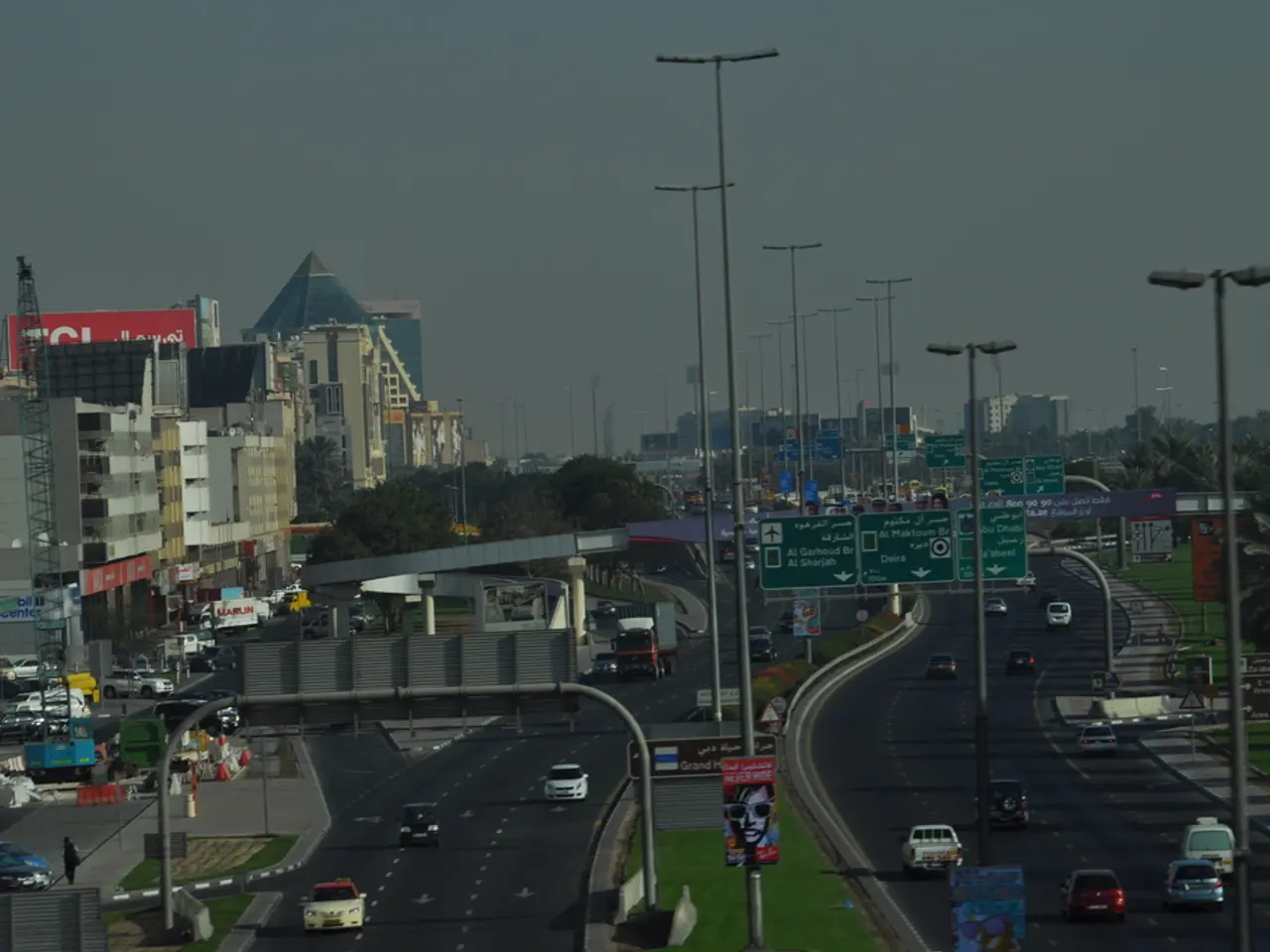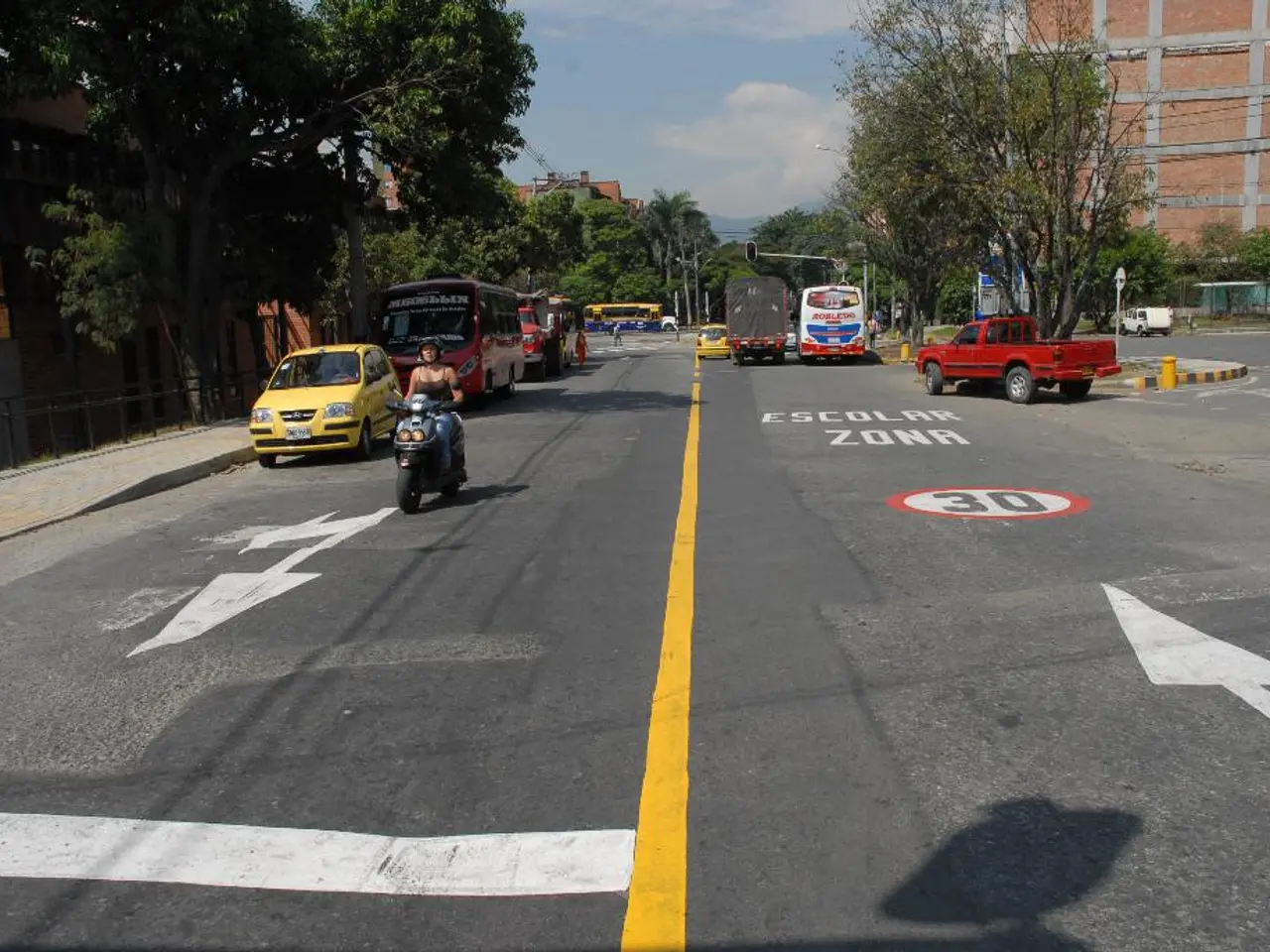Spacemen's Prohibited Diet: Avoiding Carbohydrates During Cosmic Voyages
In the early days of space exploration, the Gemini program played a significant role in testing equipment and training astronauts for future missions, including the Apollo missions to the moon. One of the interesting aspects of this program was the food astronauts consumed, a subject that has fascinated many ever since.
Yuri A. Gagarin, the Soviet cosmonaut who made history as the first man in space, was also the first person to eat in space. During his 108-minute voyage on April 12, 1961, in the Vostok 1 capsule, Gagarin's space meal consisted of beef and liver paste, followed by chocolate sauce. This was a far cry from the fine cuisine we might associate with space travel today.
Food for space travel was often packaged in tubes or similar containers during this time. However, the Gemini program marked a shift, moving beyond liquified food in tubes. The introduction of freeze-dried meals expanded the food options available to astronauts, offering a wide variety of food items.
However, not all foods were suitable for space travel. Bread, alcohol, carbonated drinks, salt, and pepper were among the items banned due to issues encountered during Apollo missions. Bread was particularly problematic, as its crumbs would float freely in the cabin, posing a risk of clogging instruments and being inhaled by astronauts. This issue was notably highlighted when astronaut John Young smuggled a corned-beef sandwich on Gemini 3, causing a controversy due to crumb problems.
Alcohol is prohibited because it can affect astronauts' health and safety, and carbonated drinks are banned due to dissolved carbon dioxide causing discomfort similar to acid reflux. Salt and pepper are also banned because their particles can float and damage equipment or be inhaled.
In the Apollo missions, food packaging and preparation adjustments were made to minimize crumbs and debris. NASA even experimented with sandwiches as a possible onboard snack during these missions. However, traditional bread remains banned due to safety concerns that originated in earlier missions.
In recent years, there have been developments in "crumb-free bread," but it still remains banned due to safety concerns. Despite these limitations, astronauts in the years after Yuri Gagarin's space voyage started consuming food from tubes as the standard method.
The Apollo missions to the moon took place between 1967 and 1972, marking a significant milestone in space exploration. The Gemini program, which paved the way for these missions, demonstrated the importance of testing and training, not just in space travel, but in the food we eat during these journeys.
[1] Space.com. (2021). Apollo 11: Food in Space. [online] Available at: https://www.space.com/16187-apollo-11-food-space.html
[3] NASA.gov. (2021). Food in Space. [online] Available at: https://www.nasa.gov/feature/food-in-space
- Even though advancements in technology have led to the creation of "crumb-free bread," traditional bread is still banned on space missions due to concerns about safety, as observed in earlier missions like the Apollo missions to the moon.
- The food options available to astronauts during the Gemini program expanded significantly with the introduction of freeze-dried meals, a stark contrast to the liquid food in tubes that were common during earlier space missions.




